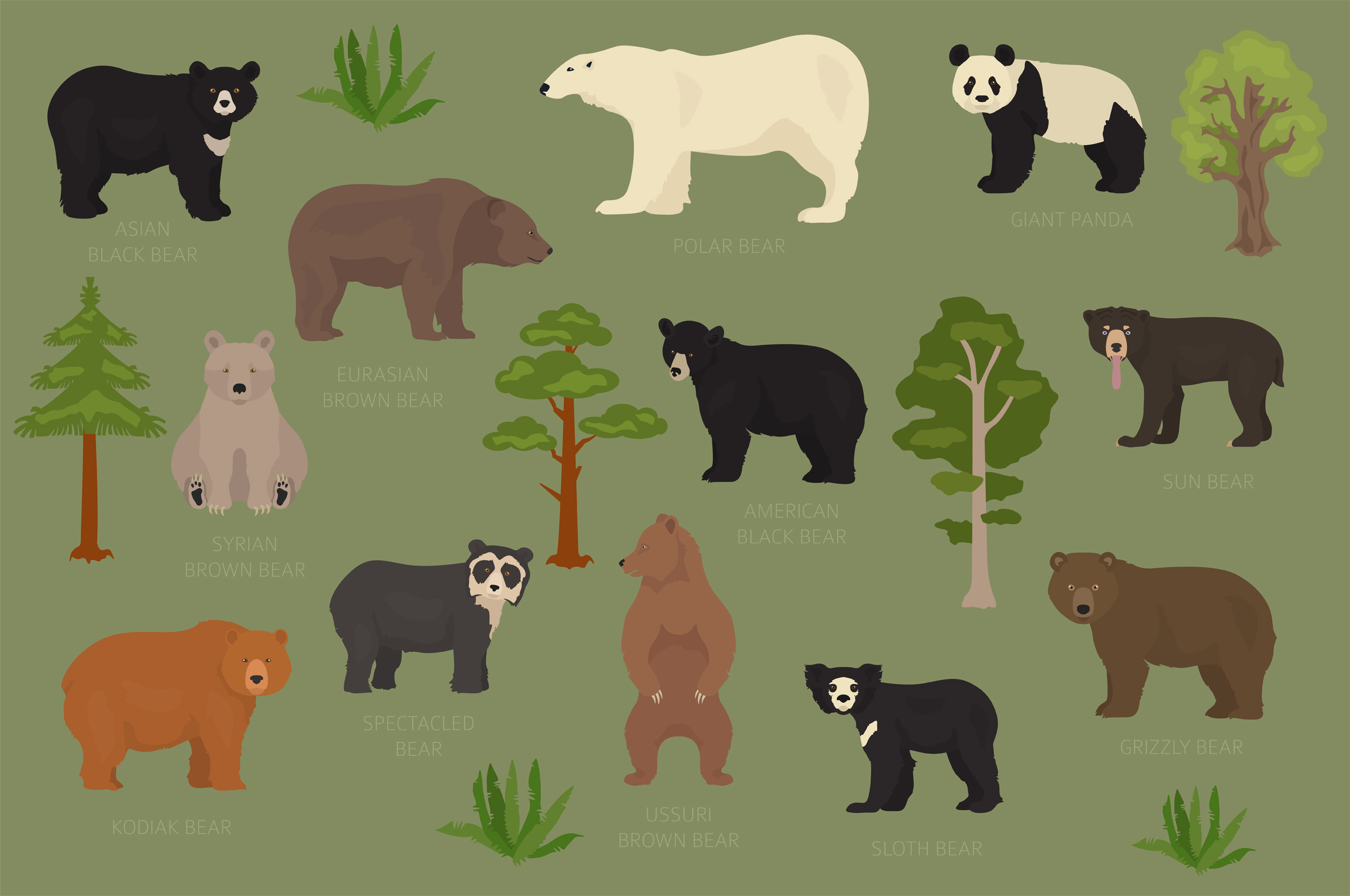
Botany is the study of plant life, including their cellular structure, growth, and reproduction. And it is an important topic to explore in the classroom, as it provides students with a foundational understanding of the natural world and humanity’s place within in. However, teaching botany to middle and high school students can be quite the challenge. But, with the right approach, students can be encouraged to develop a deep appreciation for the beauty and complexity of plants, in addition to gaining an in-depth understanding of the role plants play in our daily lives.
In this article, we’ll provide tips and ideas for educational activities that will help you effectively teach students about botany. From hands-on experiments to interactive projects, the ideas listed below were selected to help you engage and inspire your students to learn about the fascinating world of plants.
In this post:
- 50 Botanical Vocabulary Words to Share with Students
- Top Tips for Teaching Middle and High School Students About Botany
- Most Effective Educational Activities for Lessons on Botany

50 Botanical Vocabulary Words to Share with Students
If you’ve been searching for a word list that’s related to botany, flowers, or foliage; you’re in luck! The list below contains 50 botanical vocabulary words to share with your class.
- Abscission
- Abaxial
- Acicular
- Anther
- Axil
- Bract
- Botany
- Calyx
- Canopy
- Carpel
- Cellulose
- Chlorophyll
- Chlorosis
- Compost
- Culticle
- Cultivar
- Deciduous
- Dehiscent
- Dicot
- Epidermis
- Evergreen
- Fertilizer
- Flower
- Foliage
- Grafting
- Greenhouse
- Glandular
- Herbage
- Horticulture
- Lateral
- Leaf
- Midrib
- Monocot
- Mulch
- Nectar
- Photosynthesis
- Pistil
- Phloem
- Pollination
- Pruning
- Rachis
- Root
- Sepals
- Soil
- Spadix
- Spore
- Stem
- Stigma
- Transplating
- Xylem

Top Tips for Teaching Middle and High School Students About Botany
If you teach middle or high school students, surely, you are familiar with how challenging it can be to keep them engaged – especially when discussing complex subjects. The good news is that we’ve gathered some of the best tips to teach lessons about botany.
Plan interactive lessons.
Want to immerse your students in the fascinating world of plants? Get the entire class involved in activities such as plant dissection, seed germination and plant observation.
Use visuals aids often.
Show your students images, illustrations, diagrams, and videos to help them grasp the complex concepts in botany.
Relate botany to real life.
When a lesson isn’t quite clicking for your students, it may help to relate it to real life. So, discuss how important plants our to our daily lives and how they provide humans with oxygen, food, and medicine.
Emphasize the role of plants in the ecosystem.
Talk to your students about the role plants play in the food chain and how they are an important resource for humans and animals.
Encourage students to explore nature.
If possible, take your students on nature walks. While out and about, encourage them to observe the plants in the local area and try to identify them.
Introduce various types of plants.
When introducing lessons on botany, it may help to talk to your students about different varieties of plants such as angiosperms, gymnosperms, bryophytes, and their unique plant structures.
Use technology to enhance your lessons.
Whenever possible, utilize technology to aid in your lesson plans. Technology can be used to facilitate virtual lab exercises, project images of plants, or to work through computer simulations.
Foster critical thinking around botany.
Encourage your students to ask questions or a form a hypothesis about different botanical concepts. Even if they miss the mark, their questions can lead to critical conversations about plants.
Discuss botany in relation to current events.
Talking about how botany impacts our daily lives will help to keep students engaged with the topic. So, don’t forget to mention botany in relation to current events and issues around deforestation, sustainable agriculture, invasive plant species and climate change.
Assign individual and group projects related to plants.
Task your students to review complex botanical topics on their own and in groups as well. Students can be assigned projects that require them to conduct research, create presentations, or design their own gardens (virtual or physical) – all with the goal of deepening their understanding of botany.

Most Effective Educational Activities for Lessons on Botany
Looking for more than teaching tips? Keep reading! The list below contains the most effective activities to teach students about botany.
Plant Observation Journal
Have students select a plant to observe over time. They can use a physical or digital journal to record the plant’s growth and how it changes over the course of the semester.
Seed Germination Experiment
Assign an experiment that requires students to observe and record the process of seed germination.
Plant Dissection Experiment
Help students dissect a leaf, flower, or stem to learn about the internal structure of plants. For added impact, have them observe the dissected plant material under a microscope.
Plant Identification Walk
Encourage students to talk nature walks and learn how to identify plants. These walks can be done as a class activity or assigned as homework for your students.
Plant Classification Activity
Teach students how to properly classify plants based on their characteristics such as seed type, leaf arrangement, and flower structure.
Plant Life Cycle Presentation
Encourage students to be creative by assigning a visual presentation that is all about plants and their life cycle. Allow students to use technology to aid in their presentations to inspire them to get crafty by requesting handmade presentations.
Botanical Garden Creation
Have students design a plan for a botanical garden. And if your school permits, have them create an actual garden on the school grounds! If you can’t get permission to dig in the ground, students can use garden boxes to create window-box botanical gardens instead.
Plant-Based Product Creation
Assign your students a fun activity for homework by having them conduct research on plant-based products. Then have them pitch their idea for their very own plant-based product – this could be herbal tea, body lotions, or anything they dream of!
Plant Adaptation Investigation
Help students learn about plant adaptation by assigning them a research project on how different plants adapt to survive in a variety of environments.
Plant Anatomy Artwork
Have students create individual artworks (or a group mural / poster) that displays and labels different parts of plants.




